


|
I arrived in York from Liverpool by bus. York located on the confluence of the Ouse and Foss rivers in Yorkshire was founded by the Romans in 71AD who named it Eboracum. 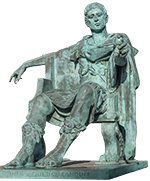
Constantine
Constantine the Great was proclaimed Emperor in York in 306AD. The city experienced decline in the post-Roman era until the arrival of the Anglos in the 5th century. The main focus of my visit was the York Minister and the Railway Museum. |
In addition to the sights of York I also used the city as a base to visit the Whitby and the Yorkshire Dales.
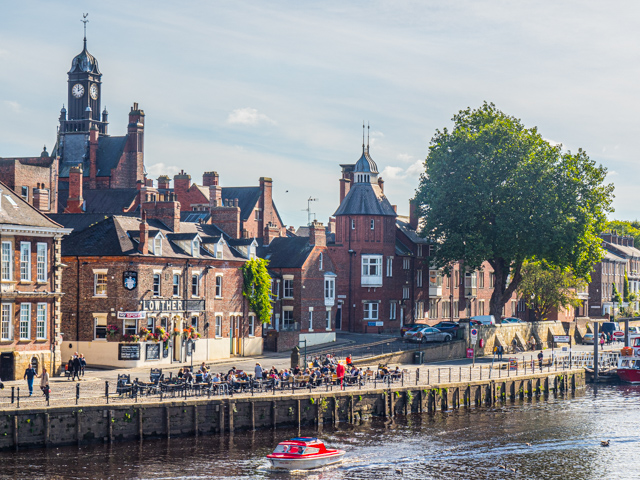
The 12th century Gothic cathedral York Minister is the top destination in the City of York. A whole page is dedicated to it.
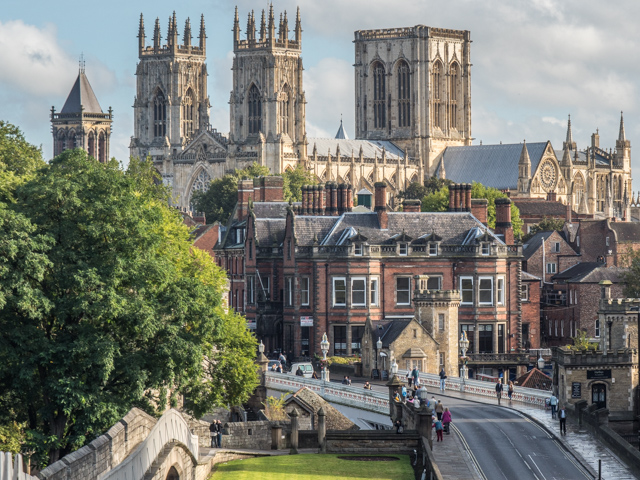
Another major attraction in York is the National Railway Museum, opened by Prince Philip in 1975. Featured amongst the exhibits are around 100 locomotives and rolling stock telling the story of Britain's railway history.
The museum holds a large library of engineering drawings. These are sold to railway restorers and modellers.
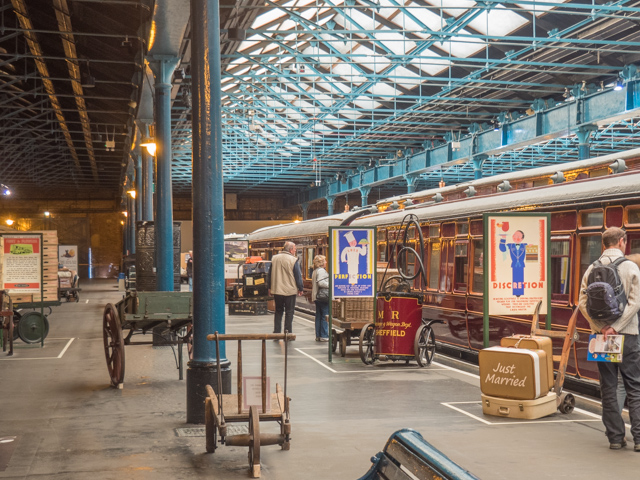
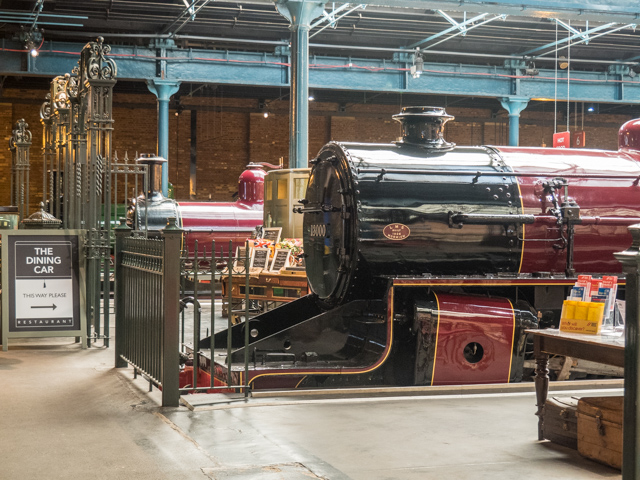
The 70 feet diameter turntable was supplyed by John Boyd and Company in 1954. The turntable was used to turn locomotives around at the end of their journey. Power to operate the turntable can be supply via electric motor, vacuum, compressed air, hydraulic power or manual. The majority of turntables in Britain were manually operated.
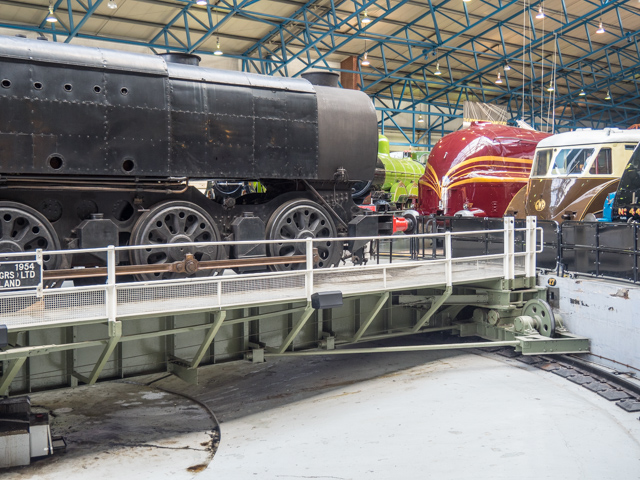
Used on routes around the north-west in the 1920s-1960s. The royal family had their own custom-made carriages, but the locomotive used to pull them was chosen by the railway company. Working on a royal train was a real honour. Train crews would polish the locomotive until it gleamed. In their normal working life, 'Crabs' pulled ordinary passenger and goods trains. Crabs was nick name given to mixed-traffic steam locomotives built by London Midland and Scottish Railway between 1926 and 1932.
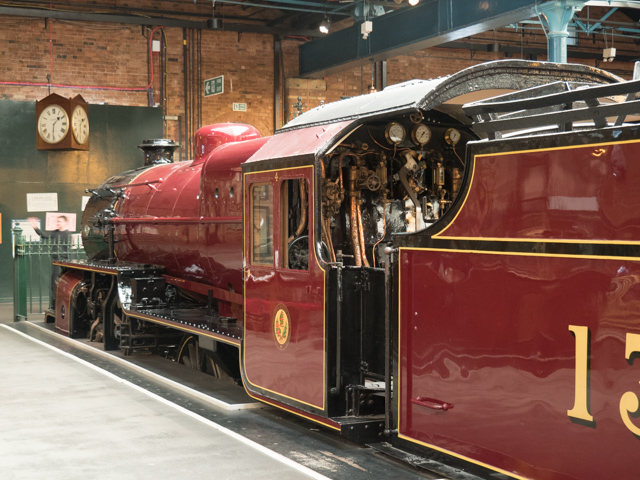
Used on London-Brighton routes 1880s -1920s. Most railway companies ran at least one high profile, prestige passenger service, often pulled by a flagship locomotive. Gladstone certainly had the looks but it was also far more expensive to run than other locomotives of the time. Despite this, its power meant that it was the first choice for pulling heavy express passenger trains.
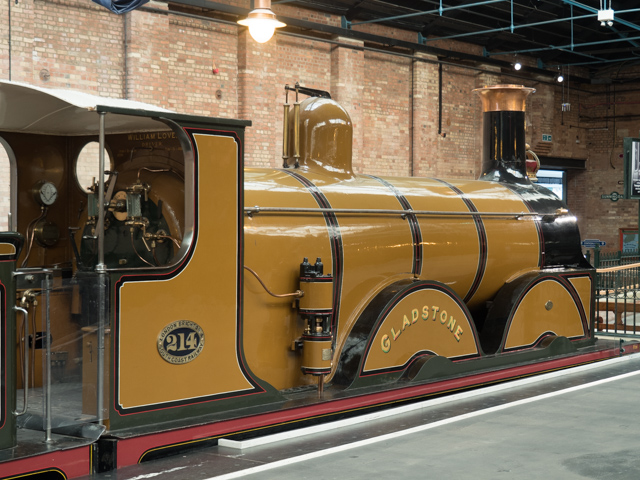
A working replica of the Rocket was commissioned in 1979 for the 1980 Liverpool and Manchester Railway 150th anniversary.
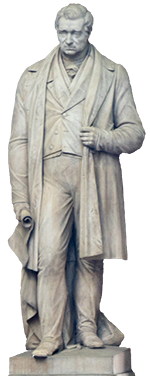
The original Rocket was designed by George Stephenson in 1829 and built at the Forth Street Works of his company in Newcastle upon Tyne.
Rocket incorporated three ideas never before tried together in one machine. These were, a simple connecting rod; fire tubes in the boiler and a blast pipe for the exhaust system.
The 25 small tubes carrying heated gas from the locomotive's fire through the water-filled boilers greatly increasing surface area.The driving force of the pistons was linked to the driving wheel by a single rod. Exhaust steam from the cylinders was turned up though a chimney. This had the effect of creating a strong draught which drew more hot gases from the fire through tthe tubes in the boiler increasing steam production.
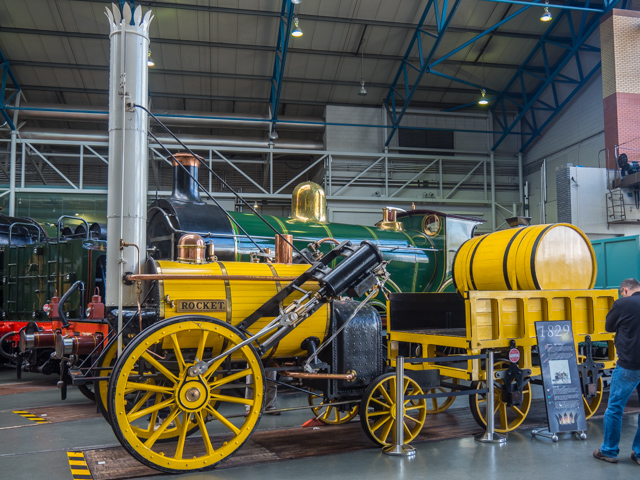
Others places of interest I visited during my stay was St Mary's Abbey, Monk Bar and Clifford's Tower.
St Mary's Abbey founded in 1055 was dedicated to Saint Olaf, who granted the lands to Abbot Stephen and a group of monks from Whitby. It was refounded in 1088 as a Benedict monastery. Badly damage by a fire in 1137, it was rebuilt. It was closed and destroyed by King Henry VIII during the Dissolution of the Monasteries in 1539.
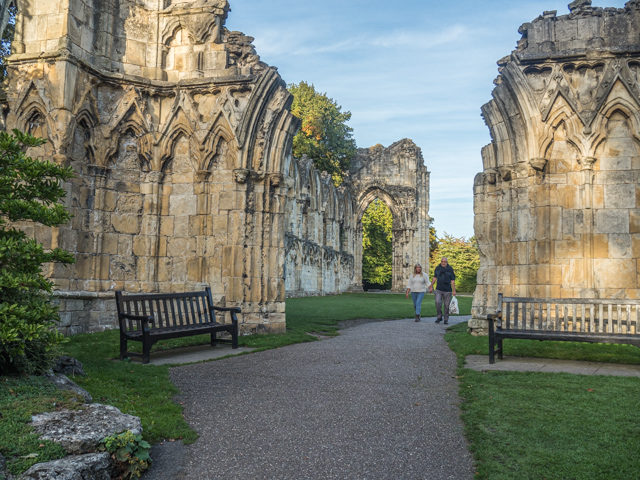
Erected in the 14th century this is the highest and strongest of the four gateways into the city of York. It was a fortress in which each floor could be independently defended. The walls contained holes from which missiles and boiling water cound be used to attack invaders. It has the city's only working portcullis which was in use until 1970.
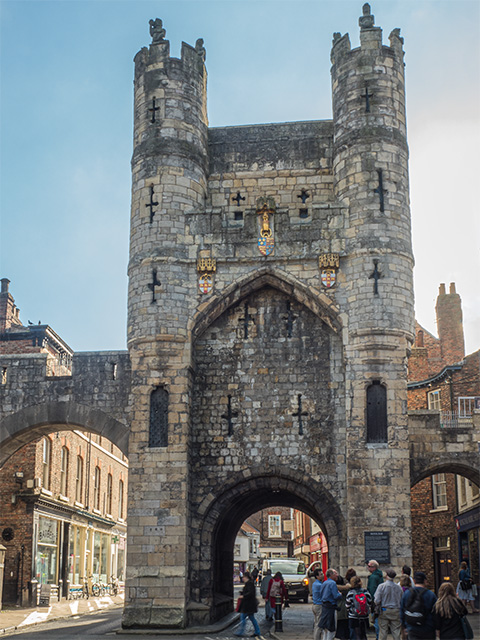
Rooms above the gateway have had various uses over the years eg and a home or durng the 16th century a jail for rebellious Catholics.
Inside of Monk Bar there is a small museum, the Richard III Experience, devoted to King Richard III, the last king of the Plantagenet dynasty.
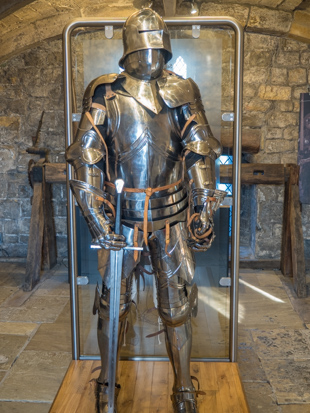
Armour
|
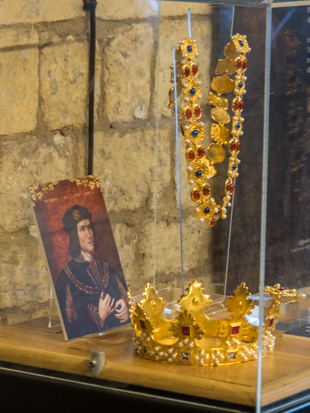
Portrait of Richard III
|
Replacing an earlier tower, Clifford's Tower was built on order of King Henry III. Starting in 1245, built intermittedly, it may not have been finished until 1290.
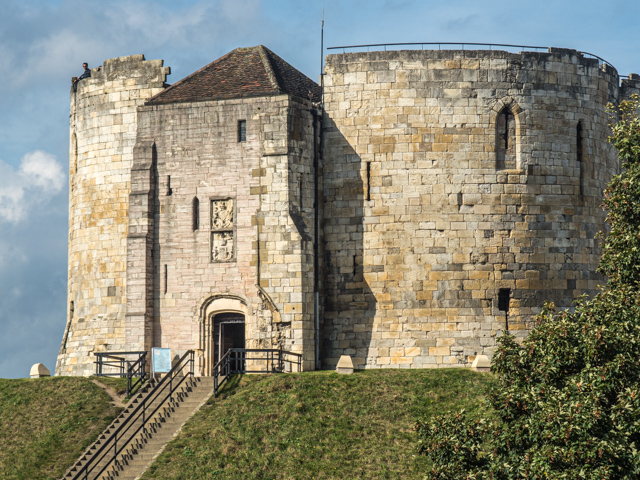
In addition to its own considerable attractions, York also proved to be an exellent base for having a look around the Yorkshire Moors, including Whitby, and the Yorkshire Dales.